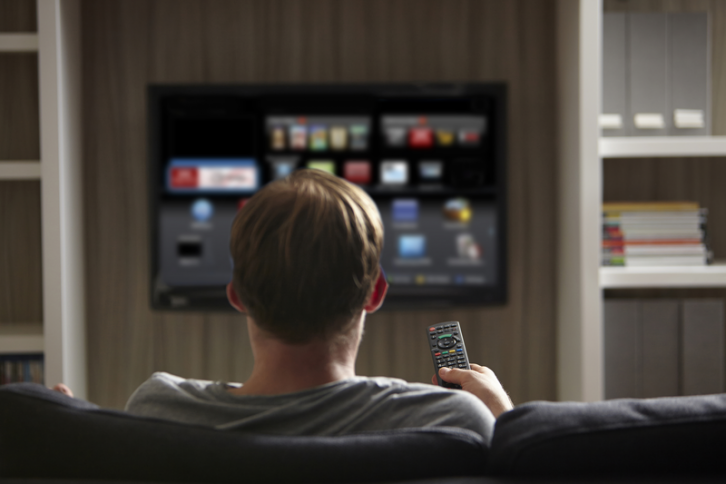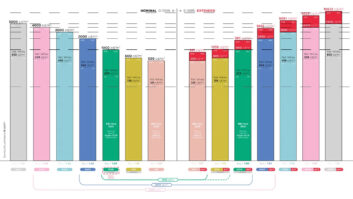In September, ITV marked 70 years since its launch as the UK’s first commercial television broadcaster with a series of programmes reflecting on the sights and sounds of its seven decades on air. At the same time, another anniversary was passed. Though there was considerably less fanfare, it was at least equally significant—70 years since the appearance of the very first television advert.
Around half of the readers of TVBEurope’s newsletter correctly identified the product being showcased as toothpaste (it was actually Gibbs SR) in a quiz about the event. Proof, if it were needed, that adverts can have an effect that far exceeds their lifespan, the message sometimes even outlasting the product itself.

Late in life, I have realised I missed a calling somewhere. I love adverts. Or rather, I used to. As a very small boy, enthralled by the company’s campaign (and completely oblivious to the supreme irony so obvious in hindsight) I had a poster of the Esso tiger on my bedroom wall. I can still recall the advert’s soaring Jeff Wayne soundtrack, its melodies echoing those of his all-conquering War of the Worlds.
One of the very first things I ever searched for on YouTube was a wonderful animated short I remembered from my school days, featuring a Shell platform standing firm against a raging North Sea as it worked to supply the country’s energy. I recently showed the film to a (much younger) animator. She immediately identified it as the work of Richard Williams, the Oscar-winning animation director of Who Framed Roger Rabbit, and was amazed at the level of artistry behind a simple half-minute commercial.
I explained it wasn’t particularly unusual. Adverts used to be entertaining in their own right. I can remember being amazed by British Airways flying a brightly-lit Manhattan island over the west London suburbs in an incredible homage to Close Encounters of the Third Kind. On the subject of airlines, KLM (and I’ll gloss over my recent trials travelling to and from IBC here) produced a wonderful campaign in which footage of a swan preparing to take off was overlaid with the sound of pilots running their checks in the cockpit. Simple, effective and memorable.
Everyone was doing it. During 1998’s FIFA World Cup in France, Nike’s campaign featured an impromptu airport kickabout by the Brazilian football team, godlike genius Eric Cantona watching imperiously from his aircraft seat. Beer commercials had everything from Rutger Hauer’s enigmatic Guinness productions to the amusing Carling Black Label ads that would probably cause eyebrows to raise at the ASA today. Car makers ran extended films, sometimes taking over the entirety of the News at Ten’s mid-programme break or, in the case of Honda’s exquisite Cog, making viewers rub their eyes in disbelief at what the filmmakers had achieved.
And then everything changed. Other than the major stores attempting to out-John Lewis each other at Christmas, the era of the advert as an event is over. For me at least, adverts have lost their power and in fact have a counterproductive effect. Speaking as a consumer, I find continually repeating, poorly-made adverts horribly intrusive. Without naming names, I have actively avoided using services that are promoted in this way.
Commercial realities have obviously played a big part in this. We are living through straitened times; advertising budgets have shrunk. As my animator friend mentioned, Shell must have had a lot of cash to splurge on their campaigns of old. Quite.
Additionally, the shifting technological landscape has had a significant impact. Thanks to the march of the streamers and the consequent expansion of consumer choice, the idea of a large audience sitting captive at the same time every night belongs firmly in the last century. For advertisers, squaring this circle presents a daily challenge.
The advent of AI has certainly helped. Automated insertion and personalisation are allowing advertisers to tailor their message as never before. As a fairly obvious example, live sports broadcasting presents considerable opportunity, with new adtech solutions regularly launched to try and grab a corner of the market.
However, the creativity that made us actually want to watch adverts has yet to return. Elsewhere in this issue, Graham Lovelace explores whether generative AI models may provide an answer. I’m very much hoping it can, and I’ll bet I’m not the only one.
- This article originally appeared in the October issue of TVBEurope, available to download here







